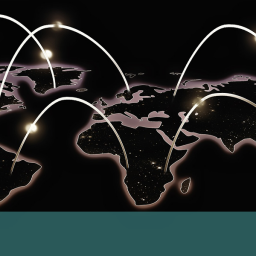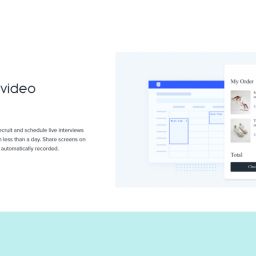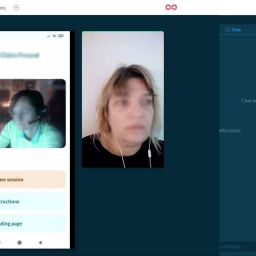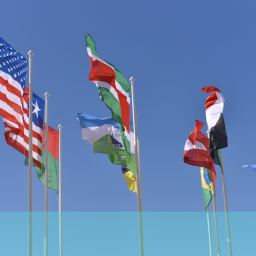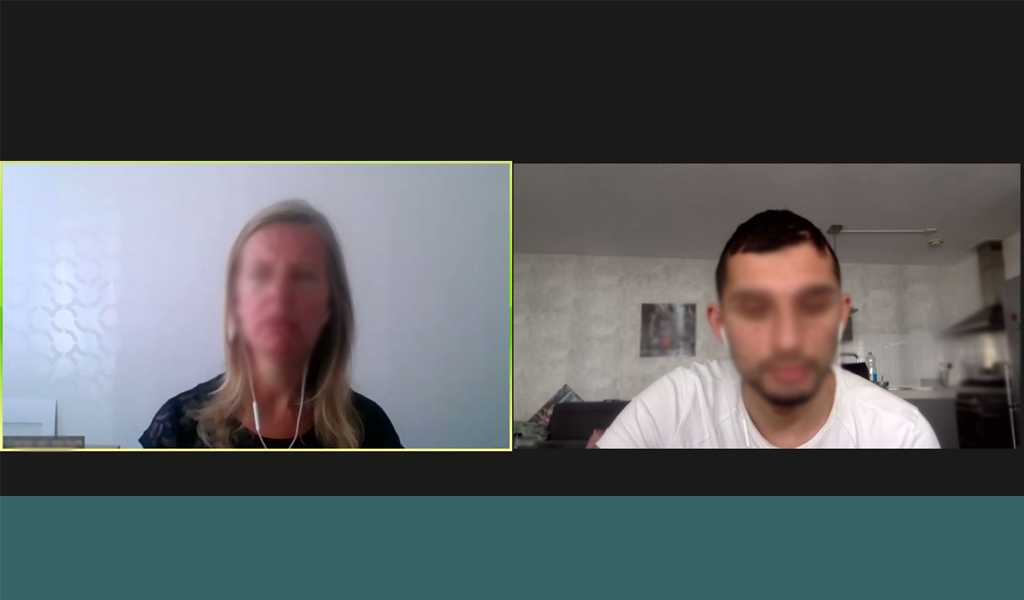
Today, we are running discovery research in the Netherlands, having done the same in Germany yesterday. The client is based in North America and has been watching the sessions live at home – it is very early in the morning for her when we start. I am watching from the UK and making sure everything is running smoothly. All of us are using Zoom, including the translator who is broadcasting English audio on a separate channel.
This has been a very digitally driven project with even the recruitment carried out using a Survey-monkey screener that dropped candidates into a Calendly schedule where they could pick a slot. All carried out in local language through translation of research materials, but also because both of these tools, as well as Zoom, have local market interfaces. This means all the buttons and commands are recognizable to the participant wherever they are.
Post session, we are conducting short wrap-ups with the client and research team using the Zoom session. We all turn on our video and have a short meeting. During the session we are able to message each other privately so if the client would like us to dig into something she is able to share that without distracting the moderator or making the participant aware that there is a lot going on “under the water”.
Translator experience
When we conduct research in a lab, it can sometimes be difficult to associate the voice of the translator with the person speaking in the research room. The room is sound proof and whilst you can see the lips moving, there is often a lot going on and so just hearing one voice can make the experience of trying to keep up hard work. That is emphasized with discovery research where there is more interview and less interaction (or no interaction).
A huge advantage of using a simultaneous translator with Zoom is that even when we use screen share, there is a visual indication of who is speaking. The image I have used for the blog post shows it. The border “lights up” to indicate who is speaking – it even partially flickers when someone interjects. It is sufficient to catch the viewers attention and helps to associate the translator voice with either moderator or participant.
If you would like to know more about how we can assist you with international research, get in touch on +44(0)800 024624 or email us at hello@ux247.com.


